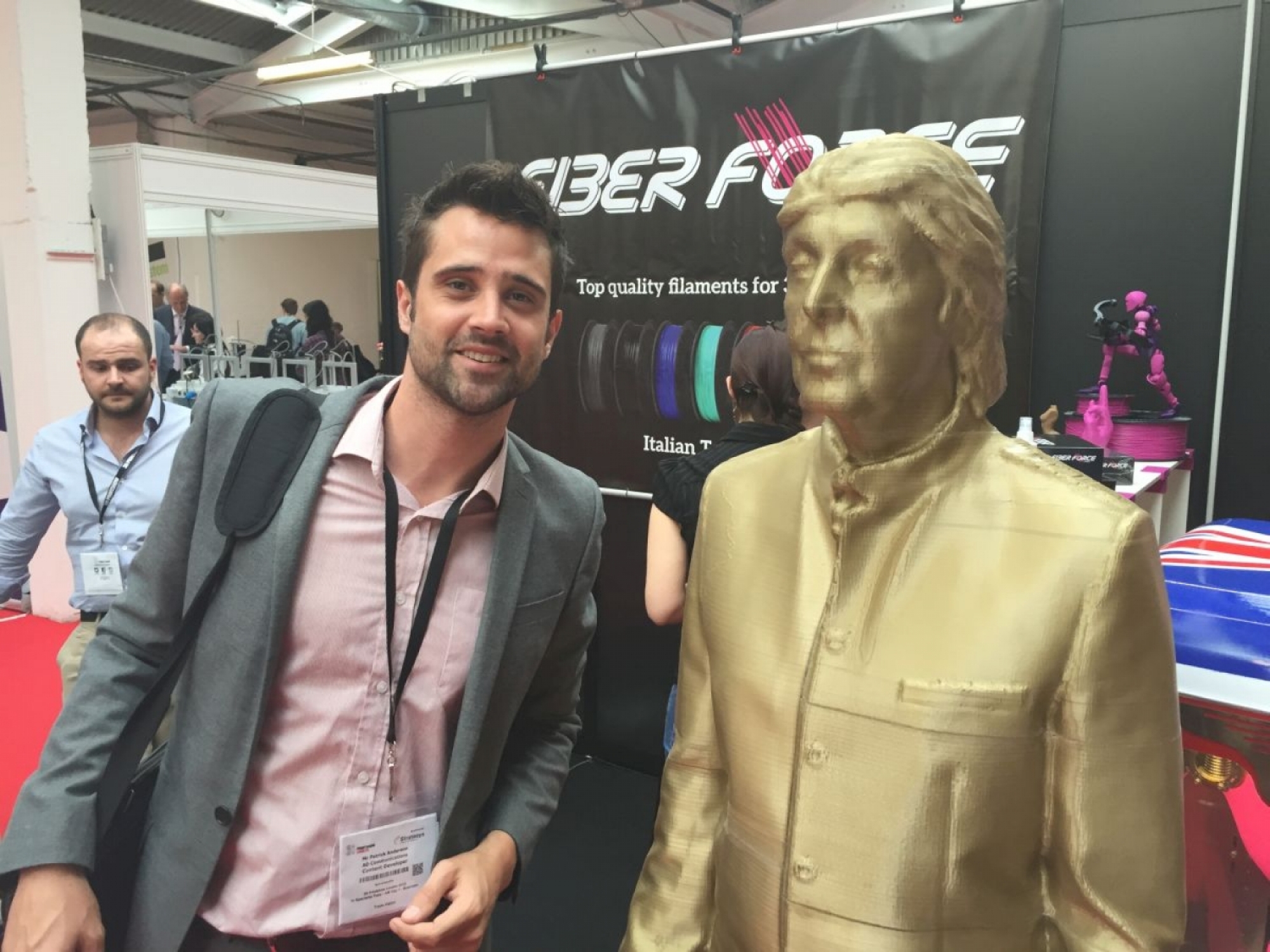Last week I attended the UK leg of the 3D Printshow in London. Like many other visitors I spoke to, I arrived at the Old Truman Brewery in Brick Lane with my own preconceptions and ideas of what 3D printing is and means for a wide range of industries moving forward.
Everything I understood about 3D printing was based on the explosion of stories that have invaded the media over the last few years. From the front covers of magazines such as Time, New Scientist and WIRED et al to the news items clogging up my RSS feed on a daily basis, there appears to be a new 3D printing story born every minute.
And if you took every story about the technology at face value, you’d be under the impression that China’s entire manufacturing industry is due to be wiped out and that soon, according to pop star and 3D Systems’ Chief Creative Officer will.i.am, “3D printing will soon print people.” Yup. That’s right. People.
Now, whether these predictions will prove to be prophecy or fallacy, I don’t know. But what I do know is there’s a lot more going on beyond the hype. A lot more. Indeed, Rachel Park, the editor of industry magazine Disruptive, believes such commentary is counterproductive, feeling they merely “refuel the hype around 3D printing.”
So where’s the substance to this exciting, enigmatic and broad technology? How can it benefit the manufacturing and production industries? This is what I wanted to know. As Phil Reeves, Vice President of Stratasys Strategic Consulting Division, asked: “You’ve all heard all the stories, but how do you generate profit?”
Now to recount everything Phil and his fellow speakers discussed, as well as what I saw on the show floor, would produce a tome (or ten). And even then it’d be obsolete by the time it was printed. So I’ve distilled a few succinct takeaways from the event:
- Industry 4.0 – 3D printing is at the forefront of the latest wave of the industrial revolution, connecting the value chain that links the consumer, retailer, manufacturer, supplier and product
- Personalisation – 3D printing meets the consumer demand and need to be part of production process, such as goods (personalised headphones to fit the shape of your ear) and medical applications (hip replacement for example)
- Strategy – 3D printing isn’t for everyone. Like all technology investments, it needs to be based on a business strategy i.e. does it enable companies to operate more profitably? Does it create new tools or products that fit a purpose? Does it enable you to produce a better product more cost-effectively?
If none of this applies to your business, then it may not be for you. For now anyway.
